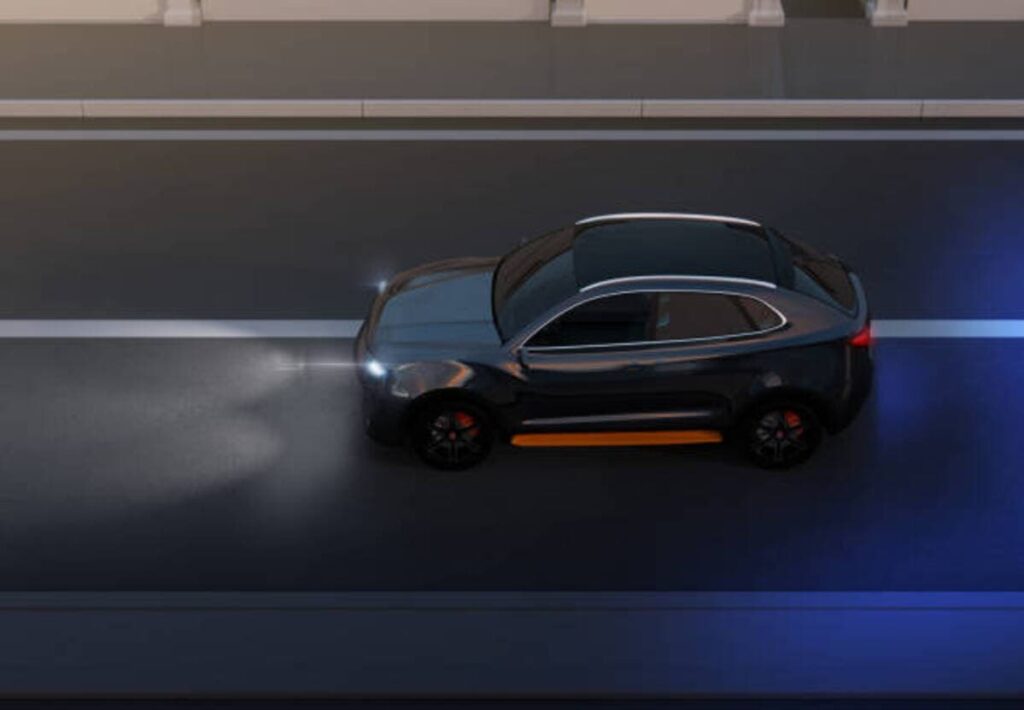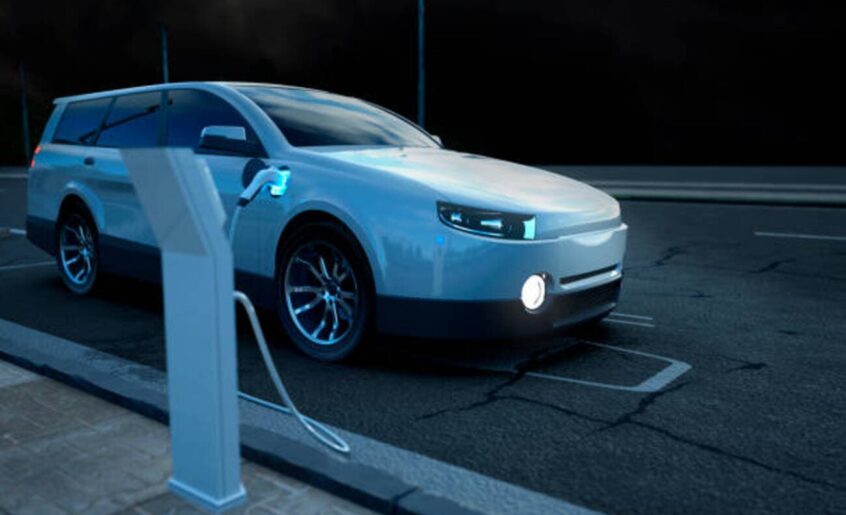Early versions of racing simulations date back to the 1970s, and virtual racing and simulators have a long history. These early attempts offered a window into the racing scene, but they lacked the realism and immersion that modern technology provides. Traditional racing simulators utilized simple graphics and physics engines, limiting the level of engagement and authenticity.
With the advent of electric cars, virtual racing has undergone a significant transformation. The advanced capabilities of modern simulators, coupled with the electrifying power and cutting-edge design of electric cars, have propelled the virtual racing experience to new heights.
Immersive Electric Racing Simulations
With advancements in graphics and physics engines, racing simulations can accurately recreate the look and feel of real-world tracks and electric cars. Every detail, from the aerodynamics of the vehicle to the responsiveness of the controls, is meticulously simulated, providing an immersive experience that closely mirrors reality.
Racing simulators have integrated electric car models and tracks, capitalizing on the growing popularity and distinctive characteristics of these vehicles. Players can choose from a range of electric car models, experiencing their unique acceleration, handling, and performance. Electric car tracks, such as famous Formula E circuits, are faithfully recreated, allowing players to test their skills in electrifying environments.
The Appeal of Electric Racing Simulations
In addition to the thrill of virtual racing, electric race simulators offer additional benefits that appeal to racing enthusiasts. One key factor is environmental awareness and sustainability. Electric cars are a viable and environmentally responsible choice for racing as the world moves toward a greener future. Virtual racing gives enthusiasts the opportunity to experience the excitement of high-speed competition while minimizing carbon dioxide emissions, and the excitement can also be experienced at topcasinoer.net.
Affordability and cheapness are also critical aspects of electric racing simulators. Traditional motorsports can be expensive and out of reach for many people. A more affordable option is virtual racing, which allows fans to get involved without going over budget. With a computer, racing simulator, controller or steering wheel, anyone can join the exciting world of virtual racing.
Electric racing simulators provide a platform for skill development and training. Players can hone their driving techniques, practice complex maneuvers, and learn from their mistakes without the risks associated with real racing. The virtual environment allows countless hours to practice, hone skills, and improve lap times.
Professional Electric Racing Series
The popularity of electric racing has led to the emergence of professional electric racing series. Prominent competitions such as Formula E have gained significant traction, attracting top-tier drivers and manufacturers. These real-world electric racing events have not only sparked interest but have also influenced the virtual racing scene.
Simulating professional racing experiences in virtual platforms has become a popular feature in racing simulations. Players can compete in virtual versions of renowned electric racing series, putting their skills to the test against other virtual racers. The integration of real-world racing data and performance characteristics into the virtual environment adds an extra layer of authenticity and excitement.
Community and Competitive Racing
Online racing communities and multiplayer platforms have flourished in recent years, connecting racing enthusiasts from around the world. These communities provide a space for players to share their passion, organize races, and compete against each other. The competitiveness and camaraderie within these virtual communities add a social aspect to the racing experience, fostering friendships and rivalries among fellow virtual racers.
Organized virtual racing leagues and tournaments have also gained popularity. These events allow amateur racers to showcase their skills on a global scale, competing against other talented individuals. The competitive nature of these leagues and tournaments adds an extra layer of excitement and motivation, driving players to improve their performance and reach new heights in virtual racing.

Cross-Pollination: Real-world and Virtual Racing
The worlds of real-world and virtual racing are no longer separate entities. There is a growing cross-pollination between the two, as real-world racing teams recognize the value of virtual racing communities. Professional drivers and teams are increasingly utilizing racing simulations for training and development purposes. Simulators allow drivers to familiarize themselves with new tracks, refine their racing strategies, and improve their lap times in a controlled and safe environment.
Conversely, virtual racing platforms are incorporating real-world elements into their simulations. Real-world racetracks are being faithfully replicated in virtual environments, allowing players to experience the thrill of racing on iconic circuits. The collaboration between real-world racing teams and virtual racing communities strengthens the bond between the two worlds and offers exciting opportunities for both enthusiasts and professionals.
Future Prospects and Possibilities
The future of virtual racing holds endless prospects and possibilities. These technologies have the potential to create highly intelligent virtual opponents, adaptive track conditions, and lifelike racing scenarios, elevating the virtual racing experience to new levels.
Haptic feedback technology is another area of innovation that could enhance the immersion in virtual racing. The development of advanced haptic feedback systems could provide players with realistic vibrations, forces, and sensations, making them feel every twist, turn, and bump on the track. Virtual racing could influence the design and development of future electric cars. Simulations allow manufacturers to gather valuable data on vehicle performance, aerodynamics, and energy efficiency.
Conclusion
Electric cars have not only transformed the automotive industry but have also sparked a new wave of excitement in virtual racing and simulations. The immersive and sustainable experiences offered by electric racing simulations have captured the hearts of racing enthusiasts worldwide. From the realism and authenticity of modern simulators to the thrill of competing in online communities, virtual racing provides an accessible and thrilling alternative to traditional motorsports. The synergies between the real-world and virtual racing worlds are growing, creating opportunities for skill development, professional collaborations, and a shared passion for the exhilaration of speed. As technology continues to evolve, the future of virtual racing holds immense potential, promising even more lifelike and thrilling experiences for racing enthusiasts.
